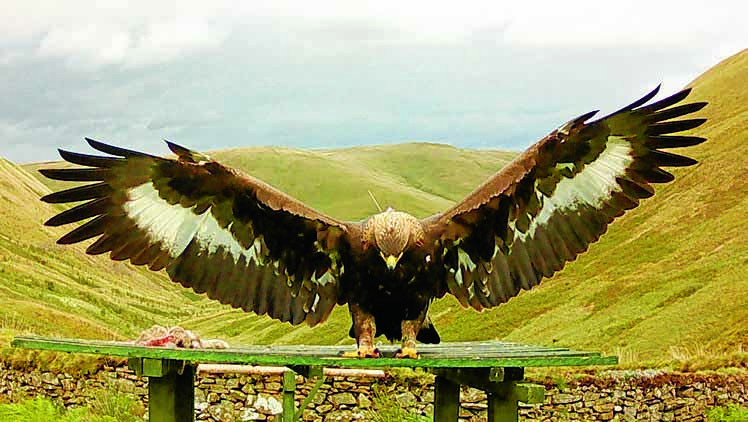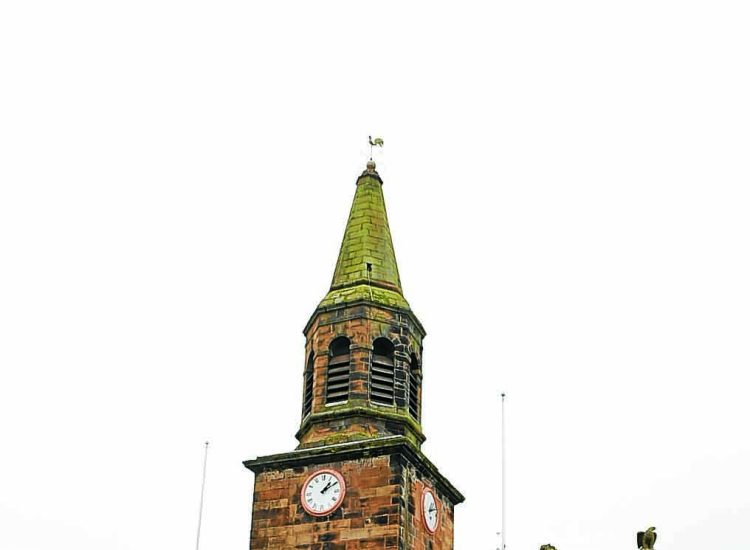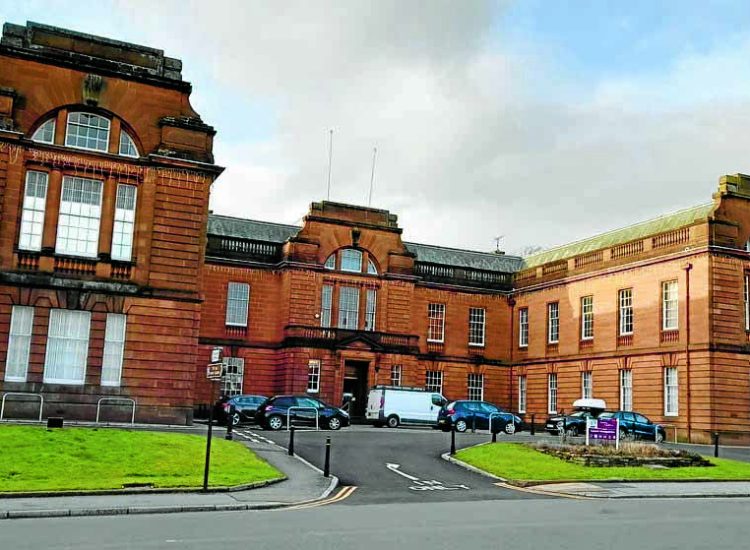A MOFFAT golden eagle which disappeared last autumn is now suspected to have been shot dead.
Following an investigation by Police Scotland, it was yesterday confirmed that the loss of Merrick is being treated as a wildlife crime.
And representatives from The South of Scotland Golden Eagle Project, which helped bring the bird to the area, have expressed their fury at the sad findings. Project manager Dr Cat Barlow said: “We can confirm that Police Scotland has found clear evidence that a wildlife crime has been committed. They are confident Merrick’s disappearance was due to persecution. Looking at the evidence, Police Scotland believe she was shot then fell to the ground, where she bled considerably through a single wound.
“Police believe that someone then removed her body and destroyed her satellite tag.”
She added: “The South of Scotland Golden Eagle Project is incredibly angry, upset and disappointed that her disappearance appears to have been at the hands of an individual or individuals who consider themselves above the law.
“The Project’s translocated eagles have captured the hearts and minds of all our supporters, from conservationists, and raptor workers to landowners and the wider community, including children, visitors and business operators, who all share in our utter shock and disappointment.”
But she stressed they remain ‘utterly determined’ to fight the persecution of golden eagles and continue their successful translocation work to reinstate a resilient population of golden eagles across southern Scotland.
Merrick originated from Rottal Estate near Kirriemuir in the Angus Glens and was the last to leave their aviaries in 2022, and the heaviest eagle translocated that summer at 5.2 kg. She was named after the highest peak in the Southern Uplands.
Merrick had been closely followed since her release, using round-the-clock surveillance techniques, alongside reports of sightings from the Moorland Association and shooting estates across the country. She was thriving and exploring widely across the south of Scotland and Northern England. She was even photographed on a trip to Weardale and filmed in Nidderdale Area of Outstanding Natural Beauty.
Until her disappearance, Merrick’s state-of-theart satellite tag had been transmitting normally and showed she was exploring the Moorfoot Hills. Then on October 12 last year, it suddenly stopped transmitting, indicating “no malfunction”, which strongly suggested human interference.
Suspicions were further raised when eagle officer John Wright went to inspect her last known roosting spot in a Sitka Spruce. He noticed feathers and down on the ground, adding: “I saw a film of blood stretched across the grass stems. It subsequently turned out that a considerable amount of blood was present in and below the moss layer. As I stood back from the feather and blood location, I could see small downy feathers scattered in the dense spruce foliage below the roosting branches.
“Merrick had been roosting (sleeping perched) in a tree when her tag stopped transmitting. Golden eagles, as apex predator, have very few natural predators and so fears that Merrick had been fatally injured whilst roosting were quickly dismissed. Police Scotland have told us they are confident humans were involved in the demise of this eagle.”
Dr Barlow added: “Looking at the evidence, Police Scotland believe she was shot then fell to the ground, where she bled considerably through a single wound. “Police believe that someone then removed her body and destroyed her satellite tag.”
Detective Sergeant David Lynn, Police Scotland’s wildlife crime co-ordinator, said officers have been working with partner agencies to establish more details and the circumstances. He said: “The bird was last seen in the area to the west of Fountainhall on 12 October. A full search of this area was carried out and officers believe the bird has come to harm and are treating its disappearance as suspicious.
“We are determined to protect these magnificent birds. I urge anyone with any information to contact us through 101, quoting reference number 1193 of 18 October.”























